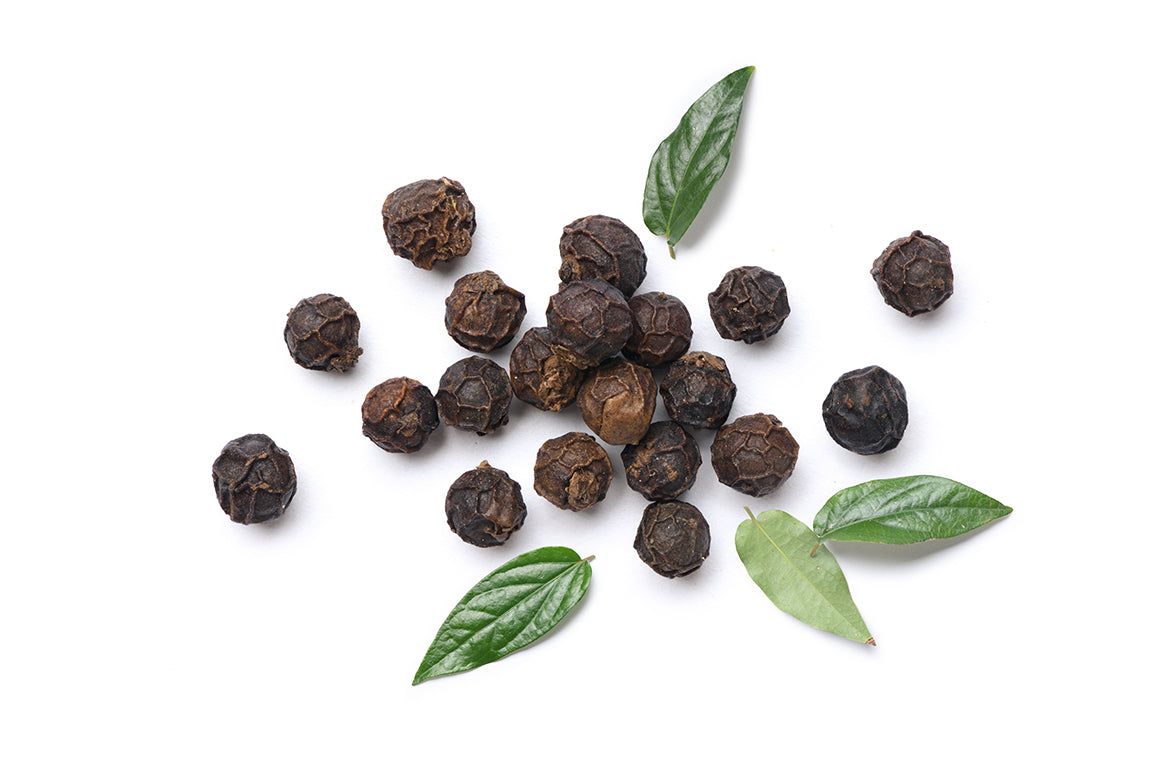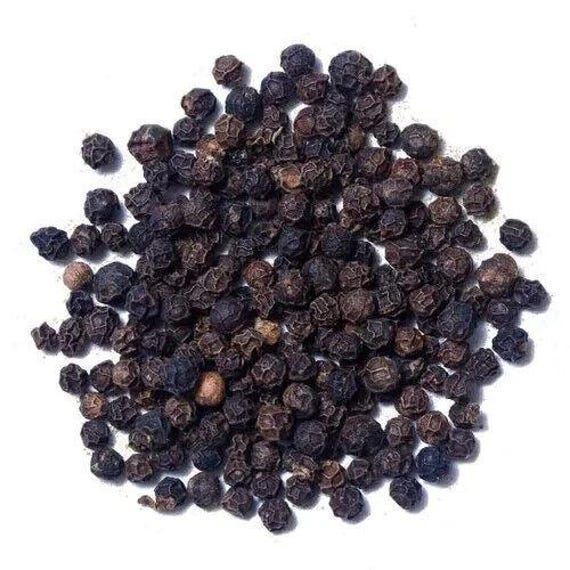Introduction
Black pepper, often referred to as the “King of Spices,” plays a crucial role in the global spice industry. It is a widely traded commodity with high value due to its pungency, distinctive flavor, and medicinal properties. To ensure the best quality for consumers and maintain international trade standards, black pepper must meet specific industry requirements.

International Standards for Black Pepper
To control quality and ensure consistency, several international organizations have established standards for black pepper. Some of the recognized standards include:
- ISO 3251: International standard regulating purity, moisture content, and classification of black pepper.
- ASTA Standards (American Spice Trade Association): Defines quality parameters related to cleanliness, chemical composition, and microbiological limits.
- EU Regulations: Focuses on pesticide residue levels, aflatoxin content, and microbiological safety.
- FDA & USDA Standards: Oversees the import and trade of black pepper in the U.S., ensuring food safety and hygiene.
Key Quality Requirements

The quality of black pepper is assessed based on several factors:
- Moisture Content
- Moisture levels should not exceed 12% to prevent mold growth and extend shelf life.
- High moisture content can lead to spoilage, reduced quality, and loss of the spice’s characteristic aroma.
- Foreign Matter & Adulteration
- The presence of impurities such as stems, dust, or foreign materials must be minimal.
- No artificial coloring, synthetic additives, or chemical contaminants should be present.
- Black pepper must be cleaned using mechanical methods or steam treatment to remove dirt and harmful microorganisms.
- Piperine Content
- Piperine content determines pungency and flavor. High-quality black pepper typically contains over 4% piperine.
- Piperine not only contributes to spiciness but also has antibacterial, antioxidant, and digestive benefits.
- Size & Appearance
- Whole black pepper is classified based on size (large, medium, and small grades).
- The color should be deep black to ensure high market value.
- Uniform size and intact surface increase commercial value.
- Microbiological & Chemical Safety
- Compliance with microbiological safety standards, including limits on Salmonella, E. coli, and mold.
- Pesticide residues and heavy metal content must be within permissible limits.
- Testing and certification should be conducted in internationally accredited laboratories to ensure food safety compliance.
Processing & Quality Control Procedures
To meet these stringent standards, black pepper undergoes a rigorous quality control process:
- Sorting & Cleaning: Removing impurities and substandard peppercorns through mechanical screening or steam cleaning technology.
- Drying & Storage: Applying appropriate drying techniques, typically sun-drying or industrial drying, to maintain optimal moisture levels.
- Grinding & Packaging: Ensuring hygienic processing facilities to prevent contamination, using vacuum-sealed or moisture-proof packaging for prolonged shelf life.
- Testing & Certification: Conducting laboratory testing to assess chemical, microbiological, and physical parameters before export, ensuring compliance with international standards.
Conclusion
Meeting industry standards and quality requirements is essential for black pepper to maintain its top position in the global spice market. By adhering to strict guidelines, producers can ensure product integrity, enhance competitiveness, and build consumer trust.
Nam Son is committed to supplying high-quality black pepper that meets international standards, delivering premium-grade spices to the global market. We continuously improve our production processes to ensure the highest quality products, bringing optimal value to our customers and partners.
